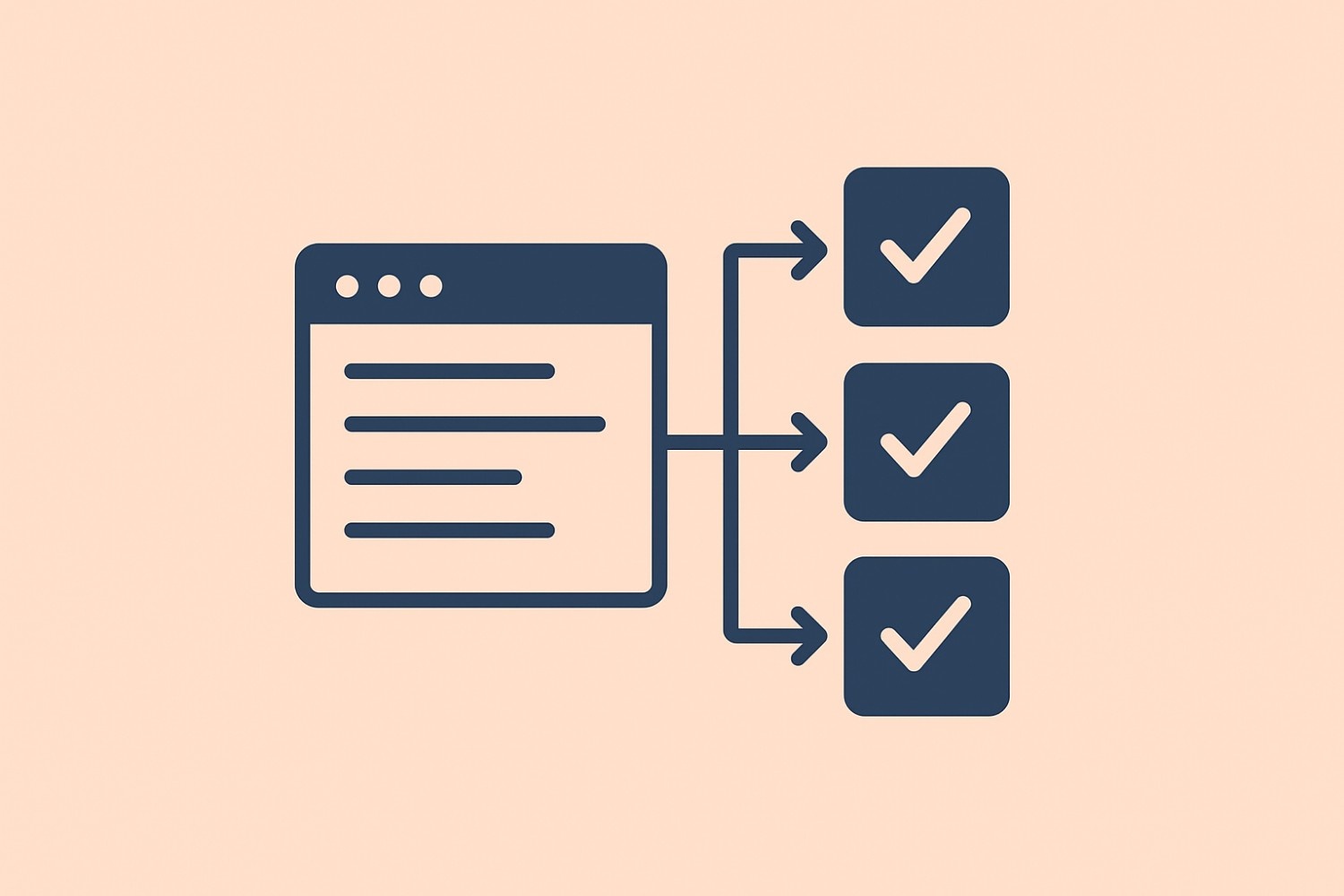Table of content
SHARE THIS ARTICLE
Is this blog hitting the mark?
Contact Us
Table of Contents
- Main Takeaway
- Understanding Flaky Tests
- Common Flakiness Causes
- Root-Cause Analysis
- Fixing Flaky Tests
- Preventing Future Flakiness
- Conclusion
Main Takeaway:
Engineering teams must proactively detect flaky tests—tests that non-deterministically pass or fail—to maintain trust in automated pipelines and accelerate development. A systematic approach that includes monitoring, isolation, root-cause analysis, and remediation best practices will minimize flakiness and its costly disruptions.
Understanding Flaky Tests
Flaky tests produce inconsistent outcomes—passing and failing without code or environment changes. They erode confidence in test suites, waste development time, and impede CI/CD progress. Common characteristics include sensitivity to timing, external dependencies, concurrency, and environment variations.
Identifying Flaky Tests
1. Repeat Test Execution
Run tests multiple times under identical conditions. Tests that sometimes fail and sometimes pass are clear candidates for flakiness.
2. Analyze Historical Results
Leverage CI dashboards or specialized tools (e.g., CircleCI Test Insights, Azure DevOps Flaky Test Management) to flag tests with intermittent failures over recent runs.
3. Isolate Tests
Execute suspect tests alone and in different orders. Failures in isolation or only under certain execution orders point to order dependencies or shared-state issues.
4. Vary Environments and Parallelism
Run tests across different configurations and both sequentially and in parallel. Failures specific to parallel runs often indicate race conditions or resource contention.
5. Inspect Logs and Outputs
Examine error messages and timing information. Non-deterministic errors or missing assertions often reveal underlying flakiness causes.
6. Leverage Detection Tools and Plugins
Use built-in flaky test detection in CI tools (Azure DevOps, CircleCI) or third-party platforms (Trunk, BuildPulse) to automatically rerun failed tests and annotate flaky cases for remediation.
Common Flakiness Causes
- Timing and Synchronization Issues: Inadequate waits or assumptions about operation completion time.
- External Dependencies: Unreliable API calls, databases, or third-party services.
- Concurrency and Race Conditions: Parallel tests contending for shared resources.
- Test Order Dependencies: Tests relying on side effects from prior executions.
- Non-deterministic Behavior: Random data, system time, or environment variability.
- Environment Instability: Differences in hardware, software versions, or configuration drift.
Also Read: The Hidden Costs of Test Automation Maintenance
Root-Cause Analysis
- Correlate Failures with Changes: Determine if failures coincide with recent code or infrastructure updates.
- Trace Dependency Paths: Map external calls and shared resources used by the test.
- Time Profiling: Measure operation durations to uncover inadequate timeouts.
- Concurrency Tracing: Use thread-analysis tools to detect race conditions.
- Reproduce Locally and Remotely: Verify if flakiness is environment-specific.
Fixing Flaky Tests
1. Isolate and Stub External Dependencies
Replace live services with mocks or stubs to eliminate network or third-party variability.
2. Improve Synchronization
Use explicit waits, retries, and timeouts rather than fixed sleeps. Employ synchronization primitives (locks, semaphores) to manage concurrent operations.
3. Refactor Test Logic
Ensure strong, comprehensive assertions. Break complex tests into smaller, independent scenarios to reduce inter-test coupling.
4. Standardize Test Environments
Adopt containerization (Docker, virtual machines) or infrastructure-as-code to guarantee consistent environments across runs.
5. Enforce Order Independence
Design tests to clean up after themselves and not rely on other tests’ side effects.
6. Automated Retry Strategies
Configure CI pipelines to rerun flaky tests a limited number of times before marking failures as genuine. Quarantine persistently flaky tests for dedicated remediation.
7. Continuous Monitoring and Metrics
Track flakiness metrics (failure rates, rerun counts) to measure improvements and detect regressions in test reliability.
Also Read: Why Indian Software Testing Companies Are Gaining Global Trust
Preventing Future Flakiness
- Adopt a Zero-Tolerance Culture: Require tests to meet reliability thresholds before merging code, and mandate fixing flaky tests as high priority.
- Design for Determinism: Avoid randomness in tests; use seeded values or controlled random generators.
- Use Robust Selectors and Locators: In UI tests, prefer stable element identifiers over brittle XPaths or CSS paths.
- Regularly Review and Refactor: Integrate flakiness reviews into sprint retrospectives and code reviews.
- Leverage Test Management Dashboards: Visualize flaky test trends and enforce accountability for remediation.
Conclusion
By systematically detecting flaky tests, analyzing their root causes, and applying targeted fixes—while fostering preventive practices—engineering teams can restore and maintain the reliability of their test suites. This leads to faster CI/CD cycles, reduced debugging overhead, and greater confidence in automated testing processes.
Discover More About QA Services
sales@qable.ioDelve deeper into the world of quality assurance (QA) services tailored to your industry needs. Have questions? We're here to listen and provide expert insights


Viral Patel is the Co-founder of QAble, delivering advanced test automation solutions with a focus on quality and speed. He specializes in modern frameworks like Playwright, Selenium, and Appium, helping teams accelerate testing and ensure flawless application performance.
.svg)














.webp)
.webp)
.png)
.png)











.png)



.png)

.png)

.png)



















.webp)

